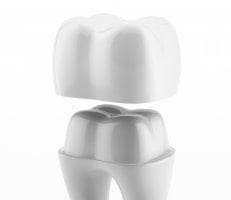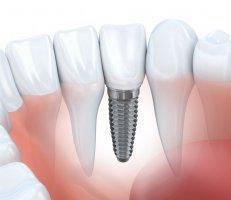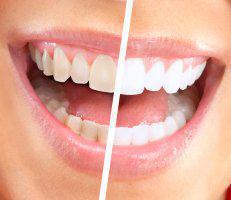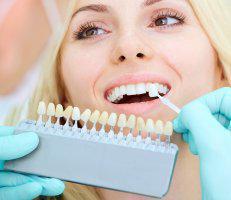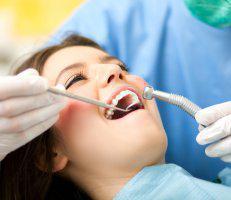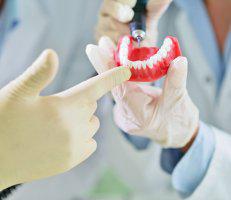Treatment of Bad Breath
It is important to conduct thorough oral hygiene at home twice daily utilizing tooth brushing with a fluoride antibacterial toothpaste and flossing to remove food debris and plaque on teeth, bridgework and implants, and brushing the tongue to remove odor-causing bacteria. A published study reported that tongue and tooth brushing in combination with dental flossing significantly decreased bleeding of the gum tissue over a two week period of time as well as reduced bad breath. Another clinical study conducted by the University of Buffalo dental researchers confirmed that brushing twice a day with an antibacterial toothpaste and using a tooth brush with a tongue cleaner can eliminate bad breath.
Tongue Cleaning is the Key to Fresher, Cleaner Breath
Cleaning your tongue is very important. You can purchase a Colgate 360 toothbrush with the tongue cleaner on the back of the toothbrush for cleaning both your teeth and tongue. After tooth brushing your upper and lower teeth with an antibacterial toothpaste, flip the toothbrush over to the tongue cleaner and place the tongue cleaner in the posterior region of the tongue and move it forward to the anterior section of the tongue. After you have scraped that portion of the tongue, rinse the tongue brush off with warm water to remove any odor causing bacteria. Then replace the tongue brush in the next posterior section again and repeat as described above again.
Consult your dentist or dental hygienist when choosing oral hygiene aids to help you eliminate plaque and odor causing bacteria and review the techniques that should be utilized at home. Also, ask your dental professional what oral hygiene care products they would consider you use to help eliminate bad breath (antibacterial toothpaste, antiseptic mouth rinse, tongue brushes or scrapers and interproximal cleaning devices).
The key to a clean, fresh mouth is optimal oral hygiene conducted at home on a regular basis and professional recommendations discussed with you by your dental professional.
Crowns
Crowns are caps that restore your tooth function and appearance. When you have a root canal procedure, a cracked tooth, a loose filling, or other types of damage, a crown is usually the ideal restoration. At the office of Allan D.
Dental Implants
Dental implants are the most efficient way to replace missing teeth today. There are two components of dental implants: a titanium post that goes in your jaw and a custom crown that screws into the post.
Teeth Whitening
In-office teeth whitening is the fastest way to get the smile you want. Before getting started, Dr. Schulman uses a cheek and lip retractor to expose your teeth and places small goggles over your eyes.
Emergency Dentistry
Emergency dentistry includes urgent care for all types of sudden damage to your teeth, gums, and other tissues in your mouth. When you experience sudden mouth damage, you need care immediately.
Pediatric Dentistry
Arrange your child’s first visit to the dentist when they get their first tooth, or when they’re 12 months old, whichever comes first. You can stay with your child during the exam — they can even sit on your lap.
Veneers
A veneer is a thin porcelain or resin composite sheet that's custom-sized to fit the front of your tooth. Veneers match the color of the teeth around them so they look natural. Dr. Schulman bonds the veneers to your teeth, so they’re very sturdy. Typically, veneers last about 10-15 years.
Fillings
Amalgam fillings are an alloy containing elemental mercury, silver, tin, copper, and other metals. Although mercury can be harmful alone, the other ingredients stabilize the mercury and make it safe and effective for fillings.
Dentures
Dentures replace lost teeth. They're made using acrylic resin or a combination of acrylic resin and various metals for strength.
All-On-4 Dental Implants
All-on-4 is a hybrid of dental implants and dentures. It’s ideal for replacing an entire arch (top or bottom), or for full-mouth tooth replacement.

